News Archive
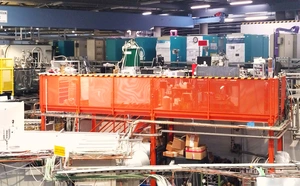
Largest magnetic anisotropy of a molecule measured at BESSY II
Using THz-EPR, a special spectroscopy method at BESSY II, magnetic properties of materials can be determined very precisely:
At the Berlin synchrotron radiation source BESSY II, the largest magnetic anisotropy of a single molecule ever measured experimentally has been determined. The larger this anisotropy is, the better a molecule is…
Long-term psychological study on parenthood and well-being
Kids or no kids – men and women are equally satisfied across almost the entire lifespan:
Having children makes people happy, especially women – this is a common societal belief. But how do mental health, well-being and feelings of loneliness change in parents compared to women and men without children…

Progress in Power Electronics with Beta-Gallium Oxide
Joint project “ForMikro-GoNext” with participation of IKZ and FBH successfully completed:
In the joint project “ForMikro-GoNext”, beta-gallium oxide (β-Ga₂O₃) was further developed as a pioneering semiconductor material for efficient power electronics. The partners made significant progress along the…

German Research Funding Atlas 2024: FVB institutes perform very well
Funding increased by more than 28% in 2020-2022 compared to the previous period:
The institutes of the Forschungsverbund were able to increase the amount of DFG funding they acquired compared to previous years. According to the German Research Founding Atlas 2024, between 2017 and 2019, the seven…
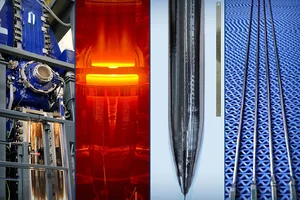
IKZ has joined the international Einstein Telescope collaboration
Growing particularly large silicon crystals will support the construction of a gravitational wave observatory:
The Einstein Telescope (ET) is a planned next-generation gravitational wave observatory in Europe, designed to detect and study gravitational waves with unprecedented sensitivity. It will use a network of underground…
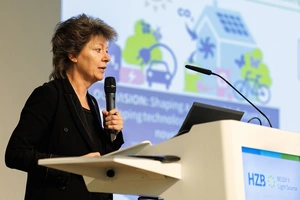
Modernisation of BESSY II light source
Helmholtz-Zentrum Berlin presents the BESSY II+ upgrade programme:
At the 2024 meeting for the users of the electron storage ring BESSY II, Helmholtz-Zentrum Berlin (HZB) presented the BESSY II+ upgrade programme. It enables world-class research at BESSY II to be further expanded and…
![[Translate to English:] Dr. Kazuki Morita (links), Dr. Qingping Wu (rechts), HZB Berlin](/fileadmin/_processed_/f/4/csm_hzb-fellows_afc8411f23.webp)
Two Humboldt-Fellows join HZB
Kazuki Morita and Qingping Wu contribute their expertise in materials and energy research at HZB:
In 2024, two young scientists joined HZB as Humboldt Fellows. Kazuki Morita joined Prof. Antonio Abate's group and brings his expertise in modelling and data analysis to solar energy research. Qingping Wu is an expert…
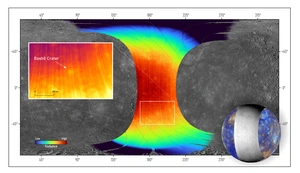
Planet Mercury seen ‘in a different light’ for first time
Fifth flyby of Mercury by BepiColombo space probe:
Mercury is the innermost and smallest of the eight planets. Outwardly, it bears a strong resemblance to Earth's Moon, but the planet differs considerably from it in terms of its structure and composition. Planetary…
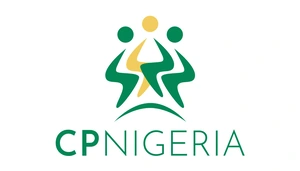
Community-driven mini-grids in Nigeria
RLI research project shows ways to sustainably electrify rural regions:
In the project ‘Communities of Practice Nigeria’ (CP Nigeria), researchers from Reiner Lemoine Institute (RLI), together with experts from partner organizations, have developed results for the promotion of clean and…
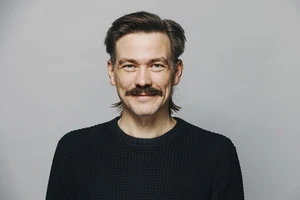
ERC Consolidator Grant for quantum physicist Tim Schröder
2.5 million euros funding for the research project „Multidimensional Hyperentangled Photon Graph States“:
Prof. Dr. Tim Schröder from the Departement of Physics at Humboldt-Universität zu Berlin and the Ferdinand-Braun-Institut, Leibniz-Institut für Höchstfrequenztechnik (FBH), has been awarded a Consolidator Grant from…
Why an economical Iridium catalyst works so well
An HZB team revealed that the special chemical environment in the P2X catalyst promotes water splitting during electrolysis:
Iridium-based catalysts are needed to produce hydrogen using water electrolysis. Now, a team at HZB has shown that the newly developed P2X catalyst, which requires only a quarter of the Iridium, is as efficient and…
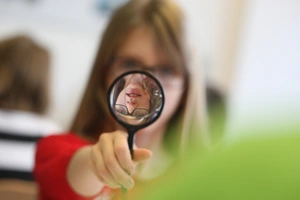
20 years of promoting science in the school lab
38,000 schoolchildren visited the school lab at the Helmholtz-Zentrum Berlin:
Twenty years ago, on 29 November 2004, Klaus Böger, then Senator for Education in Berlin, opened one of the capital's first school laboratories. Since then, Helmholtz-Zentrum Berlin (HZB), in cooperation with the…
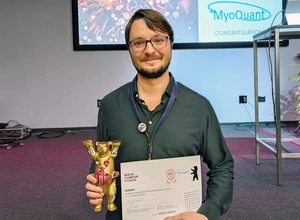
Award for FBH researchers from MyoQuant project
At the Berlin Quantum Pioneer Days the young scientists were awarded the jury prize:
A successful week came to an end for Sascha Neinert and Kirti Vardhan. The two young scientists from the Joint Lab Integrated Quantum Sensors (IQS) were awarded the jury prize of the Berlin Quantum Pioneer incubation…
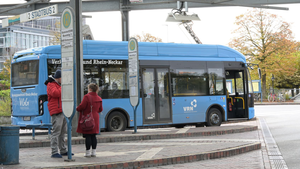
High-performance charging for e-buses in public transport also possible without grid expansion
Successful outcome of the ‘Buffered-HLL’ pilot project for energy- and cost-efficient charging with flywheel mass storage systems:
The nationwide pioneering pilot project ‘Buffered-HLL’ for energy- and cost-efficient high-performance charging with flywheel mass storage for electric buses in local public transport successfully concludes its…
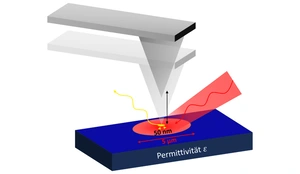
Absolute measurement of electronic properties with a THz nanoprobe
At PTB, a novel calibration approach for scattering-type scanning near-field optical microscopy has been developed:
In scattering-type scanning near-field optical microscopy (s-SNOM), THz radiation (e.g. from the electron storage ring MLS) is focused onto a metallised probe to enable THz-spectroscopy below the diffraction limit on…
![Dr. Gustav Uhre Jakobsen © sevens[+]maltry](/fileadmin/_processed_/9/8/csm_Gustav-Uhre-Jakobsen-AEI-Potsdam__c_sevens_maltry_be0bdf5574.webp)
Tiburtius Prize 2024 for Gustav Uhre Jakobsen
The physicist receives a recognition award for his dissertation on quantum field theory at the HU:
Gustav Uhre Jakobsen, a postdoc at the Humboldt University of Berlin and in the Astrophysical and Cosmological Relativity Department at the Max Planck Institute for Gravitational Physics (Albert Einstein Institute,…
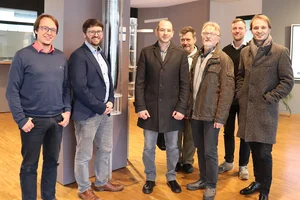
Advanced low-loss materials for quantum technologies
Kick-off for the ‘MagSQuant’ project coordinated by IKZ:
The joint project ‘Low-loss materials for integrated magnonic-superconducting quantum technologies’ (MagSQuant) is the start of a new initiative to significantly increase the performance and scalability of…
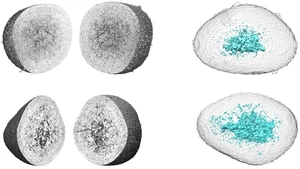
Battery research with the HZB X-ray microscope
Experiments at BESSY II have clarified chemical changes in lithium-ion batteries:
New cathode materials are being developed to further increase the capacity of lithium batteries. Multilayer lithium-rich transition metal oxides (LRTMOs) offer particularly high energy density. However, their capacity…
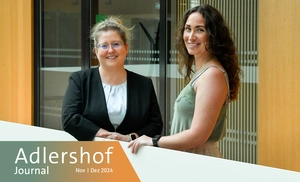
New energy, new connections
Introducing an innovative world of work, ST3AM is now opening on the Adlershof campus:
Wealthy regions offer talent, technology—research, development, and academia—, tolerance—communities that practice openness and diversity—, and land available for development. This is complemented by other ecological…
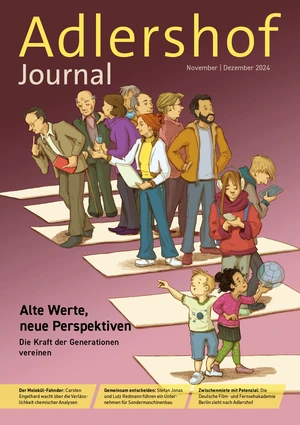
Adlershof Journal November/December 2024
Old values, new perspectives: Uniting the power of generations:
The molecule sleuth: Carsten Engelhard monitors the reliability of chemical analyses // Deciding together: Stefan Jonas and Lutz Redmann have been running a special-purpose machinery company // Interim tenant with…